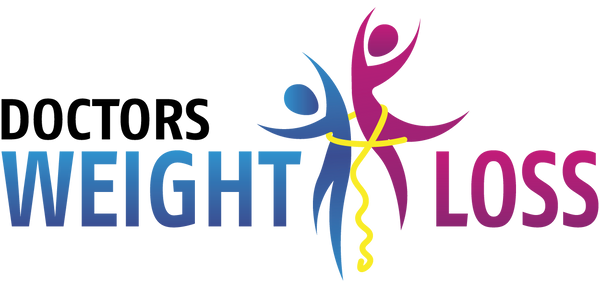For millions of people, managing carbohydrate intake has proven to be beneficial for weight loss and improved blood sugar results. One thing to keep in mind, though, is that all carbohydrates are not created equally—different types of carbs have different effects on the body. The Glycemic Index (GI) measures the effect of carbohydrates on our blood sugar levels, so all carbohydrates are assigned a ranking (from 0-100) in terms of how quickly they cause glucose to be released into the blood after consumption. Pure table sugar is given the score of 100 (being the worst) and all other carbs have rankings to be compared to the 100 ranking for sugar as the benchmark. The American Diabetes Association advises that those who have been diagnosed with type I or Type II diabetes should use the Glycemic Index as a tool to help with nutritional management.
Carbohydrates that are given a ranking of 70 or higher are considered to be high-glycemic, meaning these types of carbs will raise blood sugar quickly, so they are best to be avoided or limited. Some examples of these types of carb sources are white bread, many brands of whole wheat bread, some variations of rice, many breakfast cereals, crackers, and white potatoes. Carbohydrates that are given a ranking of 55 through 69 are considered to be “moderate” on the Glycemic Index, so therefore, can be eaten in moderation. Some examples of these carbs sources are boiled sweet potatoes, oatmeal, pumpkin, and pineapple. A food with a GI score of less than 55 is considered “low-glycemic” as these carbs will digest more slowly and consequently, raise your blood sugar less rapidly which is best for overall health and weight management. Examples of these carbs sources are green veggies, low-sugar fruits such as berries, and Greek yogurt. To find the GI rankings of all other carbohydrate foods, many free online sites offer Glycemic Index charts and tables.
Keep in mind, there are some nuances with regard to a few items of produce and their GI rankings. To give an example, generally speaking, sweet potatoes are universally thought of as being “moderately glycemic” and a superior choice to white potatoes when taking blood sugar levels into consideration. This is definitely true for boiled sweet potatoes, however, once you bake a sweet potato, the composition changes and adds around 20 points to its GI ranking, making a baked sweet potato an unideal choice.
Because of the effects of high-glycemic carbohydrate foods on weight and blood sugar levels, Doctor’s Best Weight Loss products are all very low in carbohydrates to ensure you reach the results you are looking for. To see our large variety of delicious low-carb entrees, cereals, chips, desserts, shakes, puddings, and drinks, click here!






